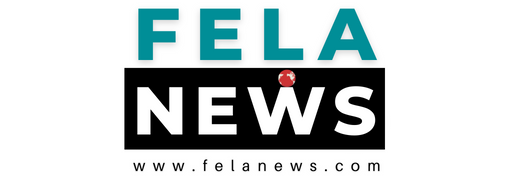In a recent development, Iran has executed a bank guard who was found guilty of fatally shooting Ayatollah Abbas Ali Soleimani, a 77-year-old senior cleric, in April. The incident occurred against the backdrop of months of unrest and a subsequent harsh security crackdown on demonstrators.
Ayatollah Soleimani was the most senior member of the clergy to be killed during the protests that were initially sparked by the death of 22-year-old Mahsa Amini in September. Amini had died following her arrest by the country’s morality police, triggering widespread public outrage. While the protests gradually waned in the early months of the year, they left a lasting impact on the nation.
The execution took place in the northern city of Babol in Iran’s Mazandaran province, located just north of the capital, Tehran. The report from the official IRNA news agency indicates that the victim’s family was present during the execution. The court had sentenced the bank guard to death in May, a decision later upheld by the Supreme Court. Although the report did not provide specific details, Iran typically employs hanging as the method of execution.
The authorities did not disclose the motive behind the attack that occurred in April in Babolsar, a town near the place of execution. Ayatollah Soleimani had a distinguished background, having served on the Assembly of Experts—an 88-seat panel overseeing the post of Iran’s supreme leader. He had also acted as the personal representative of Supreme Leader Ayatollah Ali Khamenei to Iran’s restive southeastern province of Sistan and Baluchestan.
In recent years, Iran has witnessed increased discontent, manifested through nationwide protests addressing various issues such as economic hardships, political grievances, and civil rights concerns. While Shiite clergy have traditionally held a significant role in the country, recent waves of dissent underscore the evolving nature of public sentiment in Iran.
The execution follows a pattern of stringent responses by Iranian authorities to quell dissent, raising concerns about the state’s approach to addressing grievances and maintaining social order. The broader context of anti-hijab protests and demonstrations against perceived injustices continues to shape the socio-political landscape in Iran.
For more updates stay tuned to FELA News!





